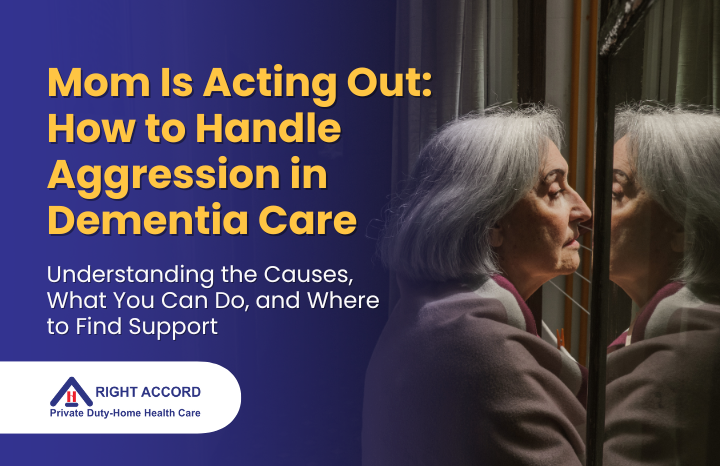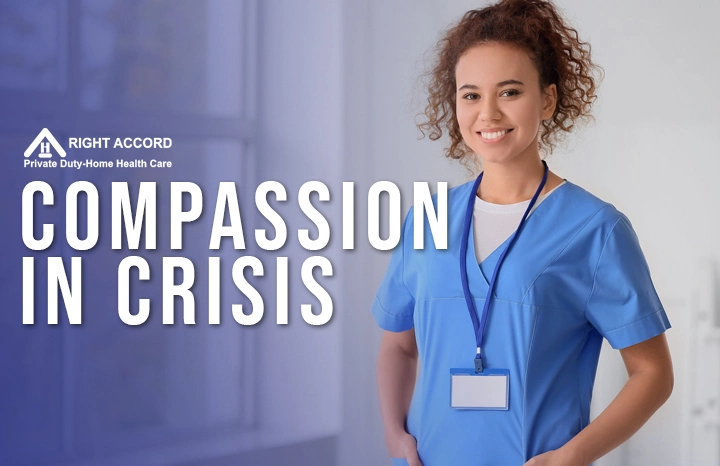· 6 min read
Vision Loss and Macular Degeneration to Elderly Family Members
Aging sometimes comes with eye changes which reduce visual acuity, and in some cases lead to vision loss. Loss of vision amongst the senior population is a health issue of major health concern.
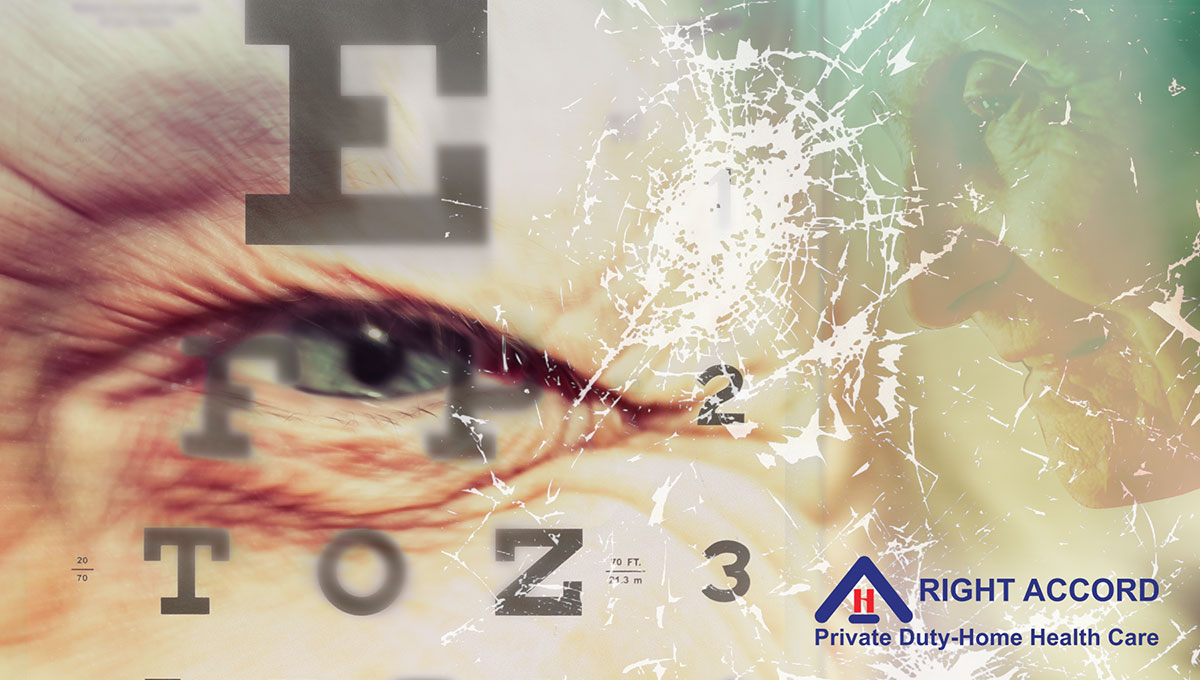
By: Rosemarie Tamunday Casanova
Aging sometimes comes with eye changes which reduce visual acuity, and in some cases lead to vision loss. Loss of vision amongst the senior population is a health issue of major health concern.
It is estimated that an average of one person out of three has some kind of vision-impairing eye disease by 65 years of age.
Visual impairment can greatly interfere with the daily activities and life of seniors, in particular affecting their independence which they cherish a lot, and increasing their need for in home senior care services.
Studies and existing evidence have shown that the normal eye function reduces with increasing age, as well as an increased risk of eye disease. While aging increases the risk of some of these vision-impairing eye conditions, they are not necessarily synonymous with aging.
What are the common causes of visual loss in the elderly?
The commonest causes of vision impairment in seniors are:
Presbyopia: This is one of the commonest cause of age related vision loss. Derived from the Greek words “presbus” (old man), and “opia” (eye), it literally means “an aging eye”. This condition is thought to arise due to a hardening of the lens of the eyes, or a loss of the ciliary muscle of the eye, necessary for achieving good visual focus, due to impaired accommodation ability.
While this can be indeed troublesome, it does not usually result in blindness and can be managed with reading glasses and different kinds of lenses.
Age-related Cataract: Cataracts in general refer to any kind of opacity of the lens of the eye that impairs vision. It is the commonest cause of blindness globally. They are also fortunately, the most treatable cause of visual loss in seniors.
This eye condition arises when the normally clear and pliable human eye lens begins to lose this clarity and pliability with increasing age, resulting in a blurry, or fuzzy vision, and sometimes, an impaired ability to perceive colours. Thankfully, this condition can be corrected with surgery.
Primary open angle glaucoma: Glaucoma is an elevation in the pressure within the eyes, which results in progressive damage of the optic nerve of the eye, and eventually, loss of vision. Primary open angle glaucoma involves an obstruction of the outflow of the aqueous humor of the eyes, leading to a slow build up of pressure that eventually impairs vision.
Treatment of this condition usually involves the use of various classes of drugs that relieve the intra-ocular pressure either by improving drainage of the aqueous humour, or reducing its production.
Diabetic retinopathy: This represents the commonest cause of blindness for the Seniors who suffer from Diabetes Mellitus regardless of the type. The risk of diabetic retinopathy increases the longer the duration of the disease.
The eye condition is characterised by the growth of new tiny blood vessels within the eyes which are friable and so bleed easily, leading to damaging changes that impair vision. Treatment options include laser therapy and surgery.
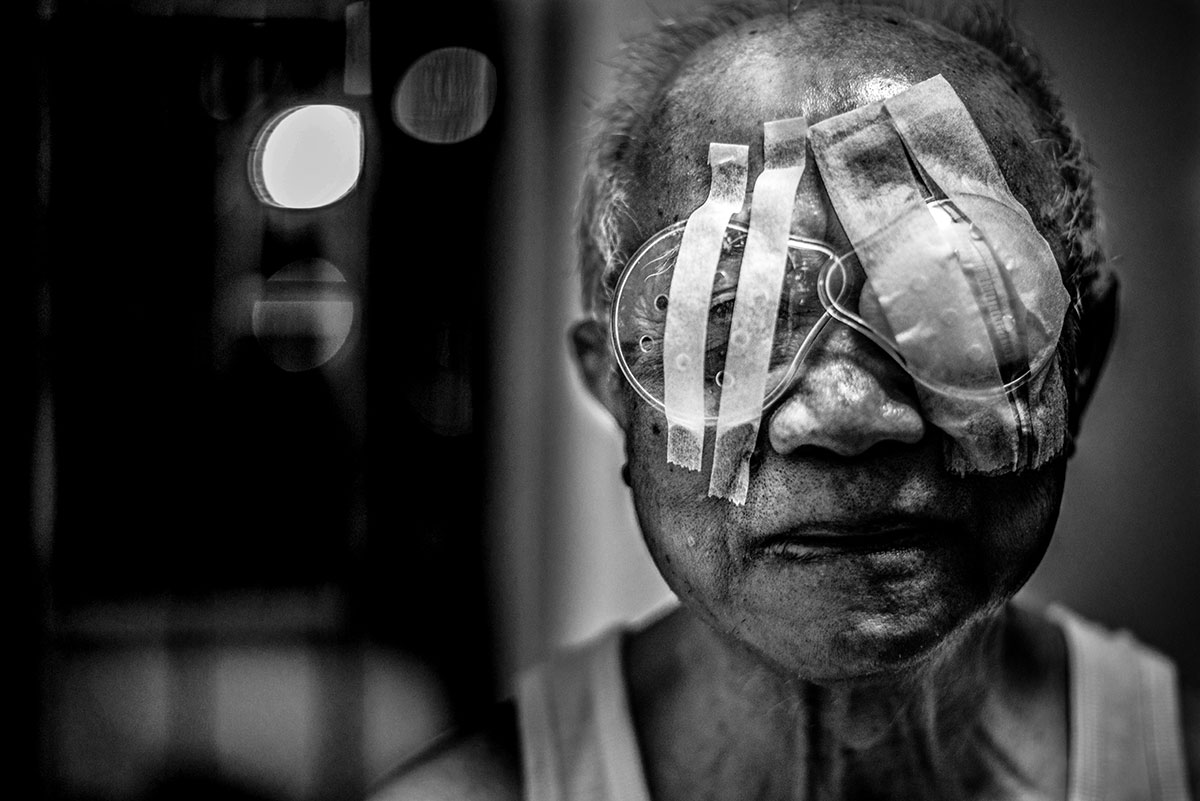
Photo by Carl Cheng on Unsplash
Age-Related Macular Degeneration
Age related Macular Degeneration (ARMD) is a top cause of legal blindness in the senior population.
It is primarily characterised by a loss of central vision, with the peripheral vision almost always unaffected.
This eye disease arises due to degeneration of the macula, the posterior part of the retina that helps central vision and allows high resolution visual acuity as a result of its high concentration of photoreceptor.
With the help of the Macula, we are able to carry out tasks which require sharp focus such as needlework and reading.
There are two distinct type of ARMD:
Non-exudative ARMD
Non-exudative ARMD is caused by deposits of yellowish hyaline material (drusen) at an area of the eye called Bruch’s membrane. Atrophy of the pigment epithelium of the retina also occurs in parts and may over time, get bigger and coalesce, leading to visual loss. This type is also referred to as the dry type and is the commoner type, representing about 90% of cases.
It is also milder in comparison and has a better prognosis.
Exudative ARMD
This is a more severe form of the disease, being responsible for up to 80-90% of vision loss due to ARMD. It is fortunately far less common, representing only about 10% of cases of ARMD.
Exudative ARMD is associated with the abnormal growth of blood vessels in the choroid, a thin layer of cells in the macula. These new and fragile blood vessels easily leak fluid, protein and blood into the macula, leading to a comparatively more severe distortion of vision. When chronic inflammation subsequently leads to scarring, irreversible central vision loss occurs.
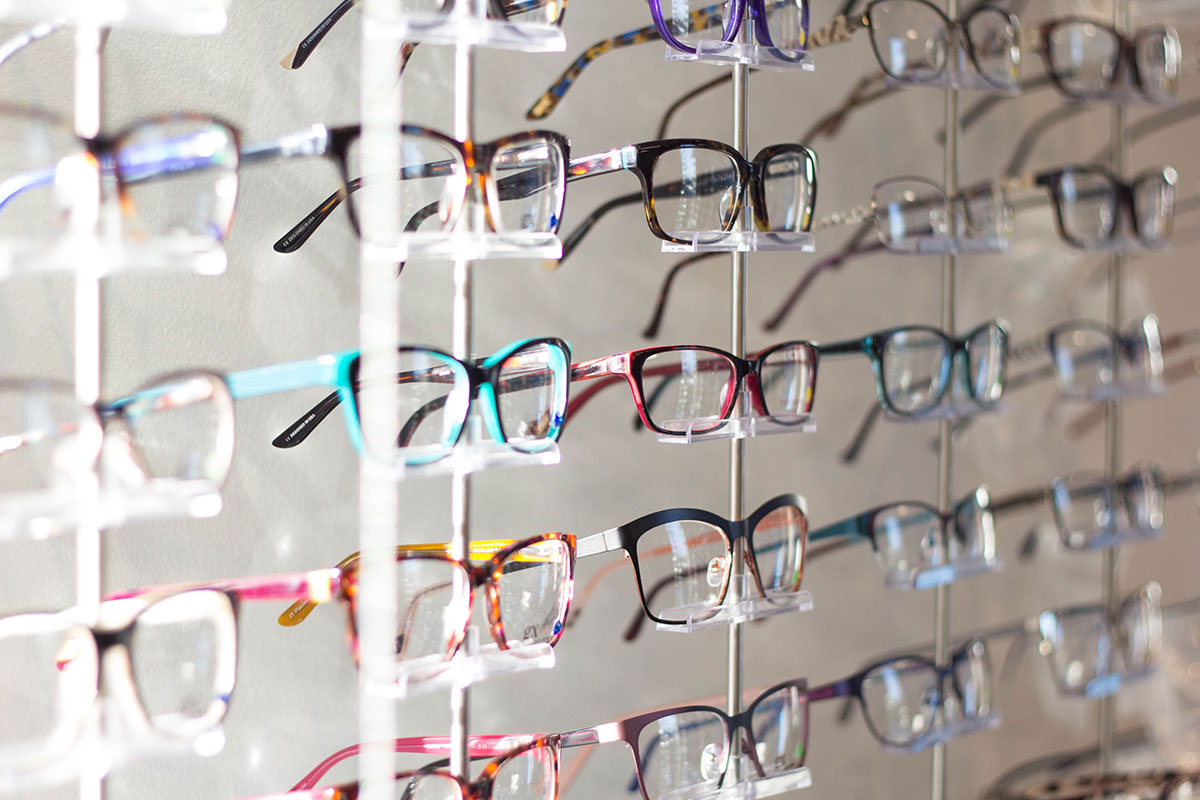
Photo by Scott Van Daalen on Unsplash
What are the risk factors of ARMD?
Some of the risk factors include:
- Increasing age (beyond 60 years)
- Smoking
- Dyslipidemia (hylercholesterolemia)
- Obesity
- Hypertension
- Female sex
- Family history of ARMD
- Caucasian race, etc.
Living with ARMD
Having this eye condition can be disrupting of a senior’s life. Even though there might still be fairly good vision, it could be dangerous to do certain things like drive, in order not to put self and others at risk.
For individuals who are legally blind, they don’t have to sacrifice their independence. Home care services can be arranged to be offered through a suitable home health agency to allow them live fairly independent lives.
Most individuals who have ARMD maintain good vision throughout life, with loss of vision mostly resulting from progressive geographic atrophy (seen in the dry type), and more commonly, the Exudative Macular Degeneration type.
However, the disease progression is slow, taking place over several years and sometimes, can stay stable between routine eye checks.
How is ARMD treated?
ARMD presently has no known cure. However, a number of treatment modalities can be employed to halt its progression and they include:
- Intravitreal (into the vitreous space) injection of VEGF (vascular endothelial growth factor) inhibitor which is regarded as the choice treatment for wet AMD.
- Laser photocoagulation which is helpful in the reduction of the risk of severe vision loss in the Exudative type. This option is unfortunately, suitable for only a small percentage of patients.
- Photodynamic therapy (PDT) which makes use of a light-sensitive medicine known as verteporfin that is injected into the blood and with the aid of lasers, effectively seals the blood vessels in the macula, slowing down disease progression.
Can ARMD be prevented?
While there may be some genetic component to the disease, there are certain measures that can be taken to keep the disease at bay.
Some of them include:
- Stop smoking. Smoking is an identified risk factor for the disease.
- Eat diet that is very rich in carotenoids (like carrots, squash, grapefruit, apricots and oranges) and dark green leafy vegetables.
- Eat less of high carbohydrate diets and more of protein and nuts which are a healthy source of vitamins and good fat.
- Maintain good blood lipid profile, as well as blood pressure and weight.
- Get adequate exercise.
- Protect your eyes from the damaging effects of UV radiation. Wear protective sunshades when outdoors especially on a sunny day.
- Very importantly, regular routine eye examinations (at least once every 1-2 years) are recommended in order to catch any abnormal eye changes early enough and institute therapy.
Visual impairment continues to be a major health issue among the elderly. But with the right measures taken, the burden of disease can be greatly ameliorated to allow them live as independently as possible.
